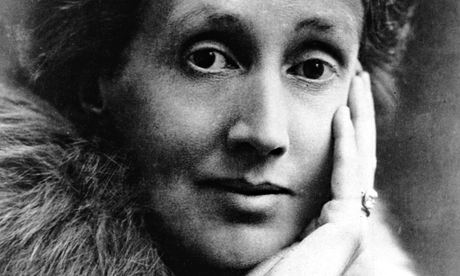
Hofesh Shechter creating a new work for the Royal Ballet? A full-length work from Wayne McGregor based on Virginia Woolf's Mrs Dalloway? Kevin O'Hare can congratulate himself today on delivering one of the most surprising season announcements in ages.
Yet aside from the controversy value of these two commissions (and oh yes, there will be controversy) the headline of the new season is surely the all-Ashton programme which will bring together Scènes de Ballet and Symphonic Variations in one evening. For Ashton fans this is ballet nirvana – these two works not only represent the choreographer at his poetic, inventive best, but are two of the greatest works in the entire company repertory. And given how key Ashton's style is to the Royal's history (and how easily eroded over time) it's excellent to see them programmed alongside a third classic, A Month in the Country, plus the more minor but charming vignette Five Brahms Waltzes in the Manner of Isadora Duncan.
Getting the right season balance between Ashton and MacMillan (the Royal's second key choreographer) has always been an issue for directors but O'Hare has selected two of MacMillan's finest – the sublime, austere Song of the Earth and the vividly narrative Manon. And it's also good to see a healthy mix of American 20th-century classics in the mix – Jerome Robbins's In the Night and Afternoon of a Faun, and Balanchine's brilliantly enigmatic Four Temperaments.
But it's on the new work that O'Hare's most wants to be judged and I have to admit that my first reaction to the McGregor-Dalloway concept was a bemused double take. A novel that's essentially about a middle-aged woman giving a party seems to be a perversely elusive starting point for a full-length ballet – all the more so given the flack McGregor took for his recent and very experimental story ballet Raven Girl.
But McGregor would not be the choreographer he is without taking risks. And I can imagine "Woolf Works" (its given title) as a 21st-century parallel to Ashton's Enigma Variations, a ballet exploring atmosphere, tone, relationships and points of view. It also bodes well for the ballet that its composer is Max Richter, who wrote the haunting music for Infra, McGregor's most successful creation for the Royal to date.
Imagining the new Shechter ballet is more of a stretch – his low slung, visceral dance language is the physical and aesthetic opposite of the Royal's classical style (though not so far away from the language that MacMillan attempted in his 1962 version of Rite of Spring). But English National Ballet have already taken a bold and convincing lead in commissioning new work from contemporary dance makers and it could be no less bracing for the Royal's image (and for its dancers) to have their own infusion of a challenging new aesthetic.
The third of the season's new works is the most predictable, a one-act ballet by Liam Scarlett set to The Age of Anxiety, the Leonard Bernstein score that was used by Jerome Robbins back in 1950. Together they make for a genuinely interesting spread, yet how much more interesting it could have been if it hadn't been so entirely male. As usual we have to look to the programming at the smaller Linbury theatre for any sightings of female choreography.
Here, however, things are very different, with a new work by Kate Prince for Zoo Nation, another by Kristen McNally for the Ballet Boyz and best of all Shobana Jeyasingh's new version of La Bayadère, the preposterously faux Indian ballet that Marius Petipa choreographed back in 1877 for the Imperial Russian Ballet. It's a stroke of genius that Jeyasingh, Chennai-born and bharatanatyam-trained, will be re-appropriating her own heritage for the 21st century. But how much more subversive, and how much more fabulous it would have been, if she'd been commissioned to do so on some of the Royal's own dancers – and on the main stage.
• Full details of the Royal Ballet's 2014-15 season

